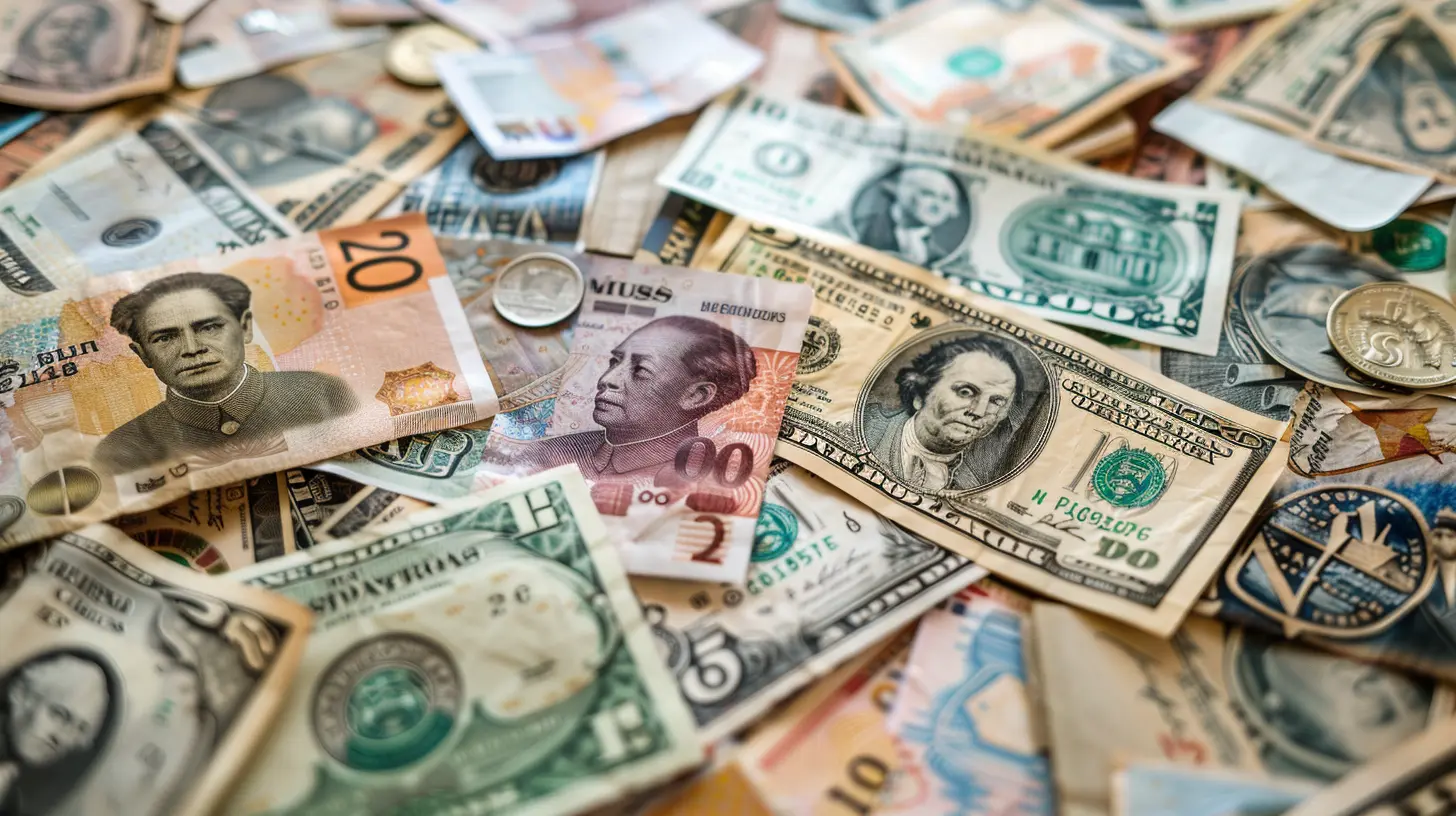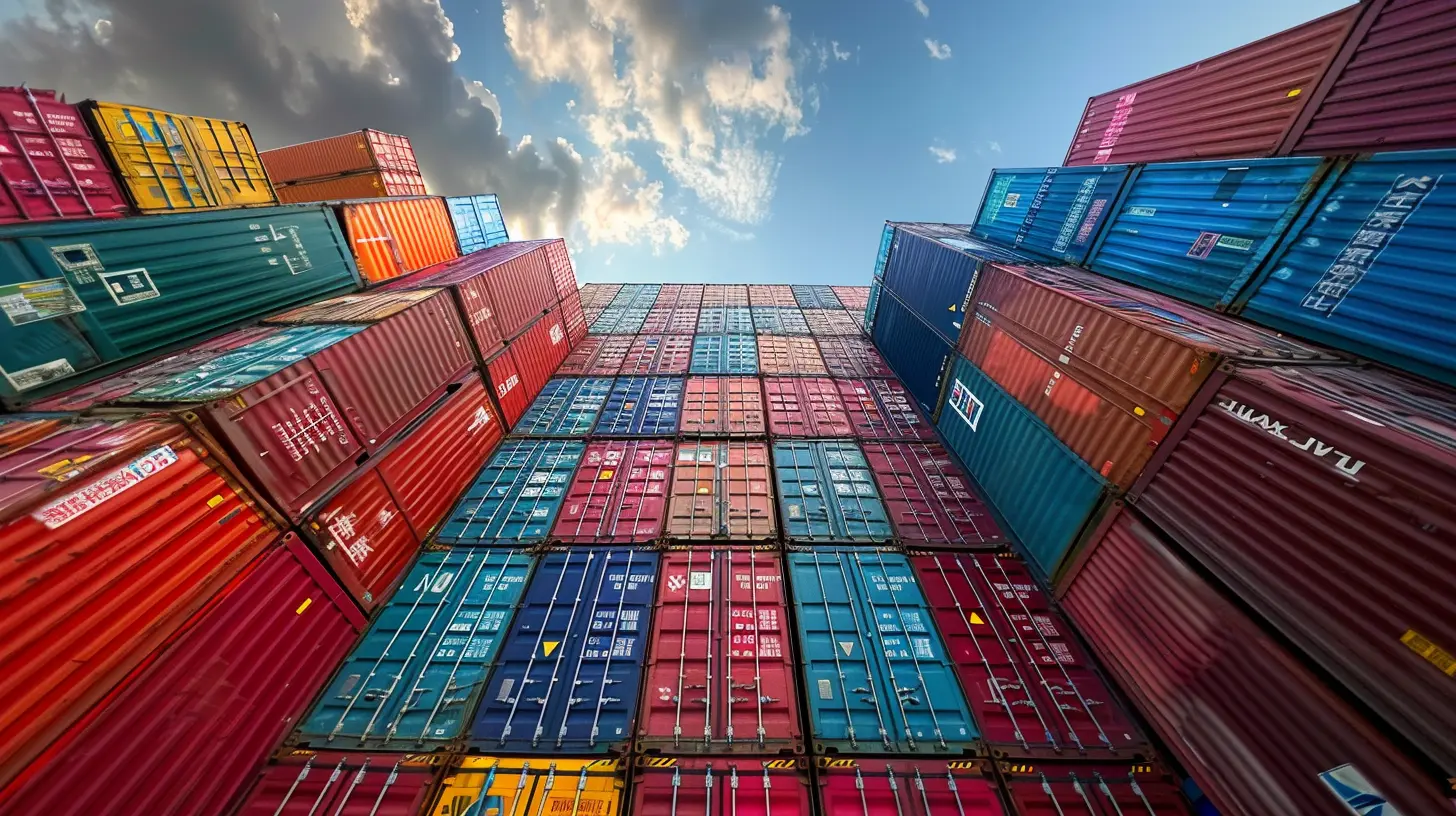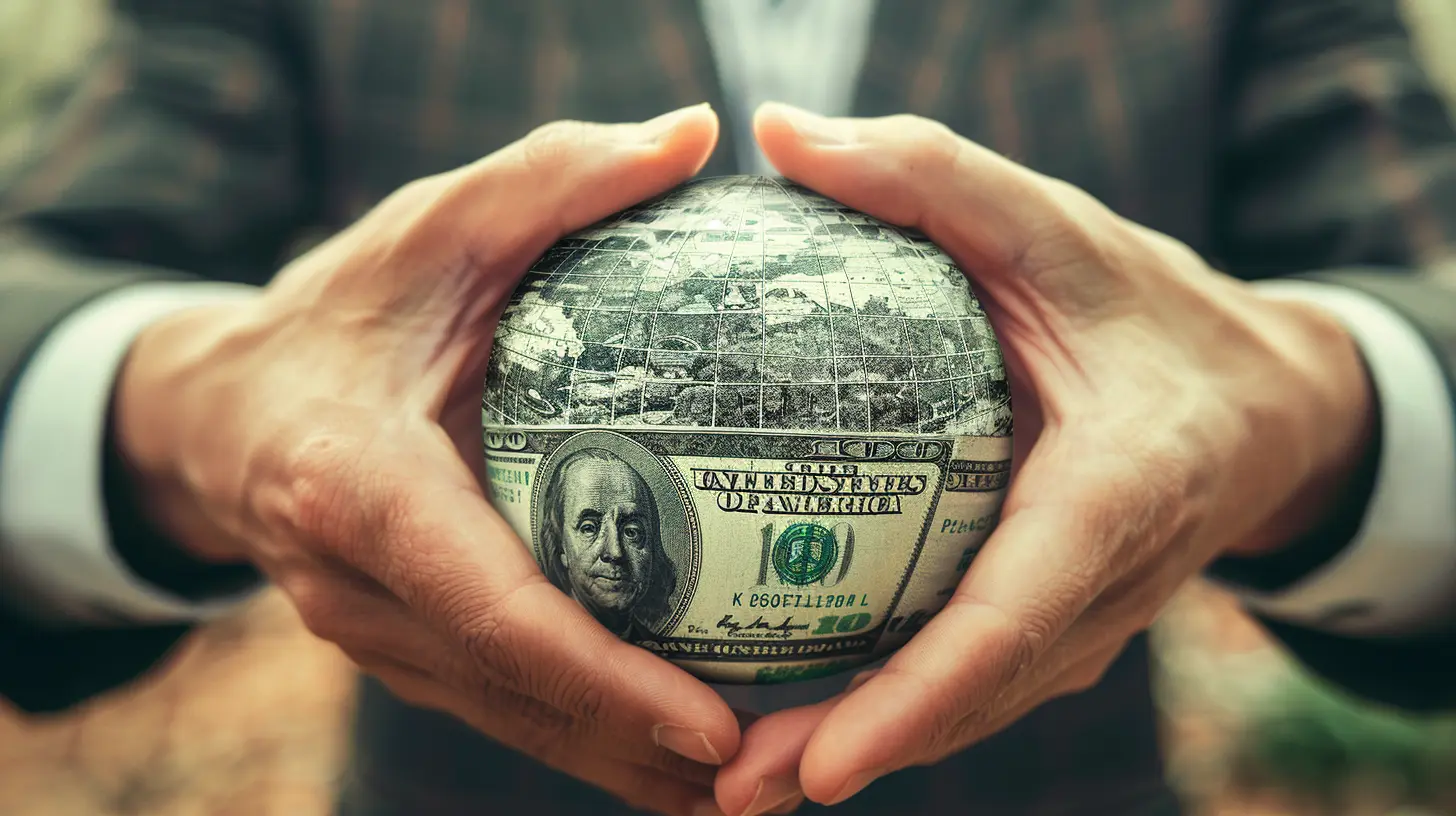The Role of Currency Fluctuations in International Trade
26 June 2025
When you think of international trade, you probably picture ships loaded with containers, or bustling markets where goods fly across borders. But behind all that activity, something else is constantly shifting — currency values. Yep, the foreign exchange market is like the heartbeat of global trade, and its rhythms can either make or break a deal.

So, What Are Currency Fluctuations Anyway?
Before we dig into why they matter so much, let’s get the basics out of the way. Currency fluctuations refer to changes in the value of one country’s currency compared to another. This happens daily, even hourly — driven by supply and demand, central bank policies, geopolitical events, inflation rates, and interest rates.For example, if 1 US dollar used to equal 0.85 euros, and now it equals 0.90 euros, the dollar has strengthened. That means you get more bang for your buck in Europe. But what does it mean for businesses involved in international trade? A lot, actually.

Why Currency Matters in Trade
Think of currencies as price tags for international goods and services. When their value changes, prices effectively change along with them. Imagine buying a T-shirt from another country. If the currency strengthens, it might suddenly cost more — or less — depending on where you’re standing in the globe.Here's where it gets tricky. These fluctuations can affect:
- Exporters and importers
- Foreign investments
- Consumer prices
- Profit margins
And ultimately, they shape economic decisions on a big scale.
Let’s break it all down.
How Currency Fluctuations Affect Exporters
The Good: Depreciating Currency Makes You Competitive
When a country's currency drops in value, it can be a silver lining for exporters. Why? Because their goods become cheaper for foreign buyers.Let’s say a company in Japan exports cars to the US. If the yen weakens against the dollar, those Japanese cars just became more affordable in America. That can boost sales and improve global market share.
The Bad: Strong Currency Can Price You Out
On the flip side, a strong currency can make exports more expensive. If the euro strengthens, French wine becomes pricier for American drinkers. That could lead consumers to say, “Eh, I’ll just grab a local bottle.”So, exporters cheer when their currency dips — within reason. Massive volatility, though, no one likes.
Importers: Walking a Tightrope
Now imagine you're importing goods. This is where a strong currency becomes your BFF.Strong Currency = Cheaper Imports
A strong domestic currency allows importers to buy more foreign goods at lower prices. It’s like going on a shopping spree with a supercharged credit card. Raw materials, machinery, or finished products? All more affordable when your currency is on the upswing.Weak Currency = Higher Costs
But wait — if the local currency weakens, importing gets expensive. That cost often trickles down to the consumer in the form of higher prices. Hello, inflation.So, if you're an importer, you’re probably keeping one nervous eye on exchange rates all the time.
Currency Risk: The Silent Deal Breaker
Ah yes, let’s talk about currency risk, also called foreign exchange (FX) risk. This is the risk that fluctuating exchange rates will hurt the value of a company's international dealings.Imagine signing a big contract to ship electronics in six months. The deal’s based on today’s exchange rate. But fast forward six months, and the currency swings. Suddenly, you're making way less than expected — maybe even losing money.
Hedging to the Rescue
To protect against that, companies often hedge. No, not with garden shrubs. Financial hedging means using instruments like forward contracts or options to lock in exchange rates. It’s like freezing time — keeping the rate stable regardless of market moves.Hedging isn’t foolproof, and it has costs. But for companies doing serious global business, it’s a safety net worth having.
Investors and Currency Swings
Currency fluctuations don't just stress out exporters and importers. Investors feel the heat too.Imagine buying shares in a German company while living in Canada. If the euro sinks against the Canadian dollar, your investment’s value drops — even if the stock price in euros goes up. Same goes for bonds, mutual funds, real estate — pretty much any cross-border investment.
That’s why seasoned investors keep currency in mind when building international portfolios. It’s not just about the asset — it’s about the exchange rate, too.
The Ripple Effect: Inflation and Interest Rates
Currency swings don’t just affect businesses and investors. They mess with entire economies.When a currency weakens, imported goods cost more. Higher costs = higher prices = inflation. To fight inflation, central banks may raise interest rates. But higher rates can also slow down the economy.
It’s a tough balancing act. And again — it all starts with that tiny pivot in currency value.
Trade Surpluses and Deficits
Let’s get a little macro here.A trade surplus happens when exports > imports. A trade deficit is the reverse. Currency values play a big role in this balance.
When a currency weakens, exports become cheaper and imports more expensive. This can improve a trade deficit. But if a country’s currency is perpetually weak, it might signal deeper economic issues.
Bottom line: exchange rates help shape a country’s trade landscape, for better or worse.
Government Interventions: Currency Wars?
Sometimes, governments get tired of playing the passive role and dive into the currency game.Central Bank Moves
They tweak interest rates or buy/sell their own currency in foreign exchange markets to influence its value. It’s like adding weights to a seesaw — trying to tilt it just right.Competitive Devaluation
In some cases, countries deliberately weaken their currency to boost exports. This practice, known pejoratively as “currency manipulation,” can spark tension between trading partners. Think of it as a race to the bottom where everyone loses in the long run.Real-Life Examples: Currency Fluctuations in Action
Let’s put this into context with some real-world cases.Brexit and the British Pound
When the UK voted to leave the EU in 2016, the British pound took a major hit. For exporters, it was a short-term boost. But for importers and travelers, the weak pound meant higher costs.The U.S. Dollar’s Global Power
The dollar is considered the world’s reserve currency. When it strengthens, developing countries that owe debt in dollars feel the squeeze. Their repayments get more expensive, even if nothing else changes.China’s Yuan Strategy
China has historically kept the yuan undervalued to make exports more attractive. This has led to accusations of currency manipulation and trade tensions, especially with the U.S.What Can Businesses Do?
If you’re running a business that’s involved in any kind of international trade, you can’t ignore currency fluctuations. Here are a few actionable strategies:- Hedge your currency risk using financial instruments.
- Price in local currency to avoid surprises for buyers.
- Diversify markets to avoid over-reliance on one currency.
- Build flexibility into contracts to allow for exchange rate changes.
Yes, it takes a bit more planning. But in a world where one tweet can shift markets, being proactive is key.
Future Trends: What Should We Watch?
While it's impossible to predict exchange rates with pinpoint accuracy, certain trends are worth paying attention to:- Digital currencies (CBDCs): As more governments explore digital versions of their currency, how will that impact exchange mechanisms?
- Geopolitical shifts: Wars, elections, sanctions — they all stir the currency pot.
- Climate change: Yes, even that. It can impact commodity prices, economic stability, and in turn, currency values.
The landscape is always changing, but one thing’s for sure: currency fluctuations aren’t going away anytime soon.
Final Thoughts
Currency fluctuations may seem like a background noise in global trade, but they’re anything but. Like the current beneath a surfer’s board, they quietly shape every move — from deals and profits to risks and decisions.Understanding how they work, who they affect, and what you can do about it isn’t just smart — it might be the difference between sinking and swimming in today’s global economy.
Whether you’re a small business owner trying to import products more cheaply, or a corporate CFO managing millions in foreign sales, keep currency on your radar. Because in international trade, the numbers don’t lie — but they do change.
all images in this post were generated using AI tools
Category:
Global BusinessAuthor:

Caden Robinson
Discussion
rate this article
1 comments
Zia McAdams
This article effectively highlights how currency fluctuations can significantly impact international trade dynamics. However, it could benefit from more practical examples and case studies, illustrating real-world implications for businesses navigating these volatile market conditions.
July 6, 2025 at 3:05 AM

Caden Robinson
Thank you for your feedback! I appreciate your suggestion for more practical examples and case studies; I'll definitely consider this for future revisions to enhance the article's applicability.


